While looking when at history, it’s rather evident that our social, economic, and cultural configurations evolved through the warmed-over civilisations and dynasties that once ruled the land.
There were several mighty empires that reigned over India during the Warmed-over Ages. Through their rise and fall, they left their footprints in the sands of time in variegated ways.
Among the very many empires, it was the Cholas who ruled for increasingly than 1,500 years, making them among the longest-ruling dynasties in world history. Be it arts, culture, literature, or architecture, there was no stone left unturned by the Cholas who reigned until the 13th century.
Being among the greatest dynasties to rule Southern India, the contributions of the Cholas to Tamil culture and Indian history unwrinkled are nothing but remarkable.
1. Brihadeshwara Temple, Thanjavur
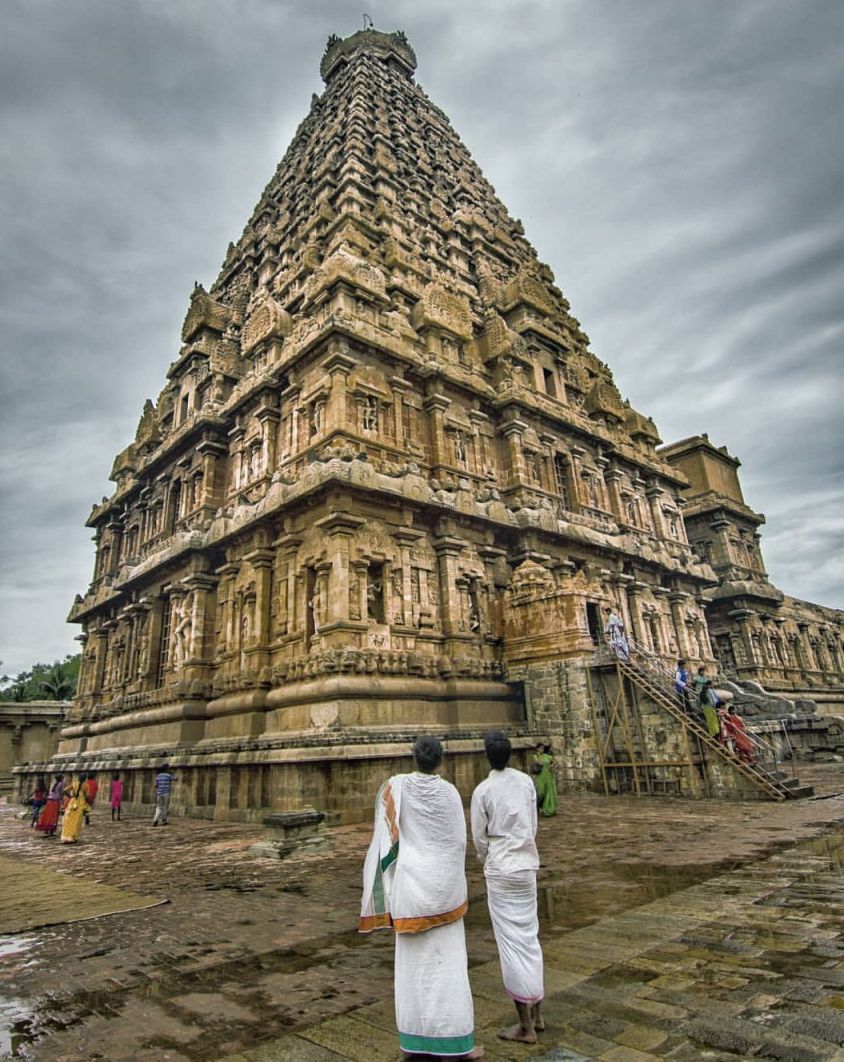
The renowned Brihadeshwara Temple, moreover known as Thanjai Periya Kovil or Peruvudaiyar Kovil, is considered one of the finest architectural specimens of India. The Dravidian-style temple, located on the banks of river Kaveri in the Thanjavur, is defended to Lord Shiva.
Built between 1003 and 1010 CE by the unconfined Chola emperor Rajaraja I, this temple reflects the dynasty’s culture, style, and grandeur. The tracery of the temple exudes radiance in its craftsmanship and intricate detailing, which make it a remarkable feat for over a millennium ago.
According to the inscriptions in the temple, it was designed by Kunjara Mallan Raja Rama Perunthachan.
Considered one of the largest Hindu temples, the Brihadeshwara Temple is a UNESCO heritage site and is hailed as the Unconfined Living Chola Temple.
2. Dancing icon of Shiva
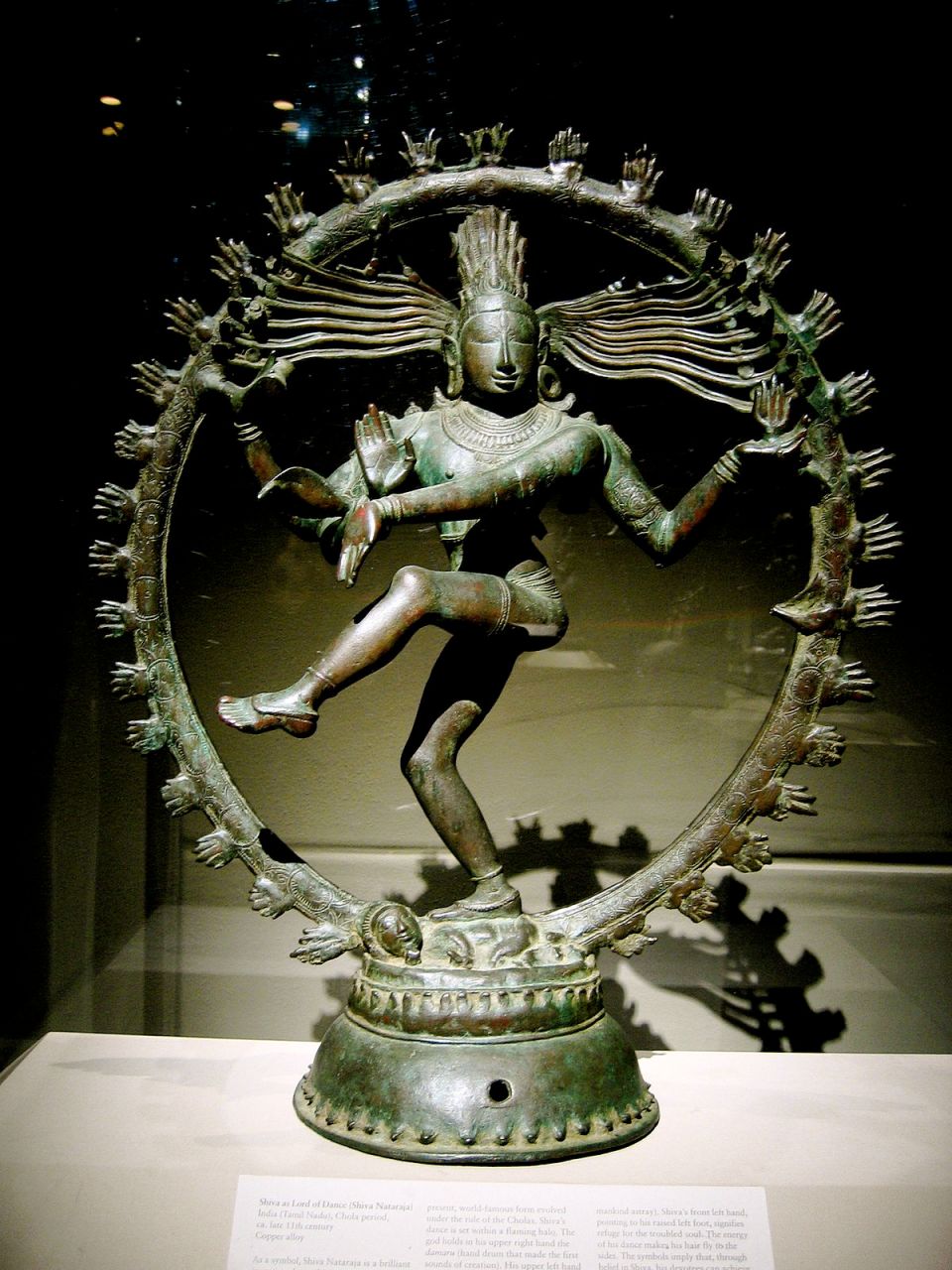
The world-famous dancing icon of Shiva or Nataraja is believed to have fully ripened during the medieval era in South India under the patronage of the Chola dynasty.
They were staunch devotees of Lord Shiva and most of their temples were defended to their favourite deity and were depicted in several divine roles. The most popular among them was the dancing form of Shiva or the Shiva Nataraja, which sooner turned into a symbol of Chola power.
This trappy statue sculpture dates when to the 12th century and is currently on exhibit at the National Museum in New Delhi among the Chola bronzes.
3. Chola statue casting
The period when Cholas reigned is moreover characterised as a time when art was given much importance and reached new heights.
Along with temple architecture, they were noted for their sculptures, expressly those made with bronze.
The Chola bronzes were made using a technique known as the lost-wax tossing technique or Cire Perdue, which ensured that each sculpture was the only one of its kind.
Believed to have originated virtually 5,000 years ago, it involves pouring hot metal into a wax model, which is “lost” during the process. This technique became popular during the Chola period, which made magnificent pieces, among them stuff the Nataraja sculpture.
4. Kamba Ramayanam and Periyapuranam
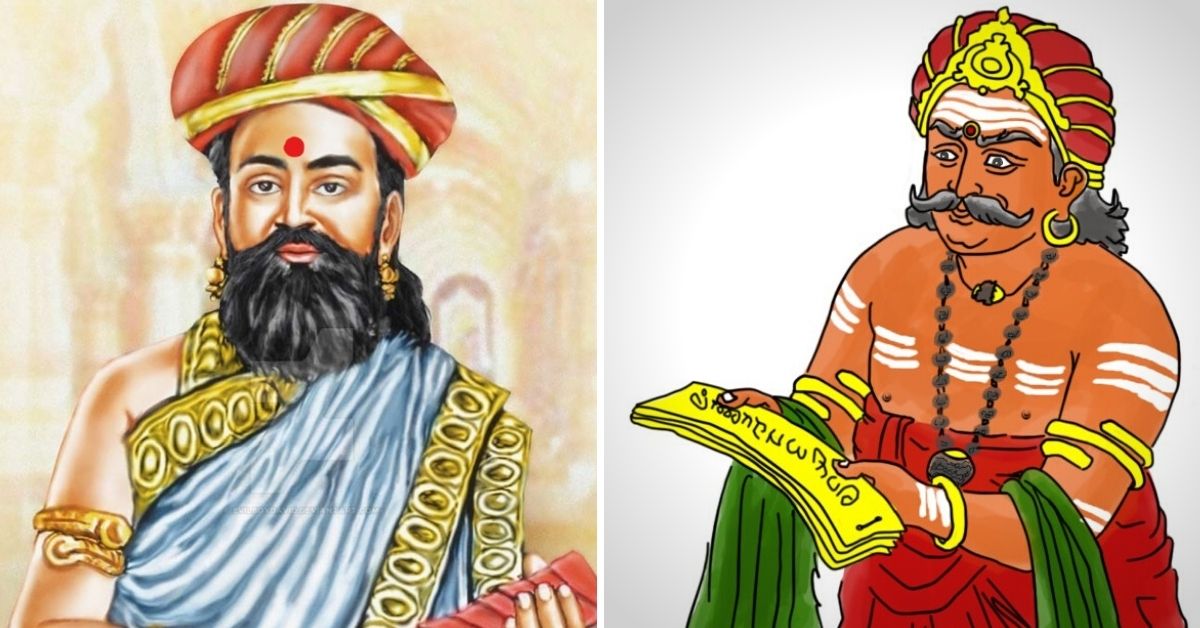
The Chola kings promoted literature and gave patronage to Tamil scholars and writers. The period was known as the devotional period of literature as most of the works dealt with religion. Several unconfined Tamil poets like Kalladanar, Kambar, Pugalandhi, Ottakoothar, Sekkizhar, Avvaiyar, and Thirutakkadevar lived during the Chola period.
Among the several works, Periyapuranam by Sekkizhar and Kamba Ramayanam by Kambar are considered two of the greatest works of the period.
Periyapuranam is a Tamil poetic worth depicting the lives of the sixty-three Nayanars, the canonical poets of Tamil Shaivism and Kamba Ramayanam is a version of Ramayana written based on Valmiki’s Ramayana.
5. Chola Temple Jewellery
The temple jewellery is believed to have originated virtually the 9th century in the Chola empire.
As the name suggests, it was ornate on the idols of gods and goddesses, and moreover worn by the royals. It is believed that temple dancers and devotees began to wear inexpensive replicas of the jewellery in the same designs, thus popularising it.
These stocky waggish pieces of gold jewellery are characterised by depictions of gods and goddesses to gloat and show reverence to their idols.
6. Gangaikondacholapuram temple
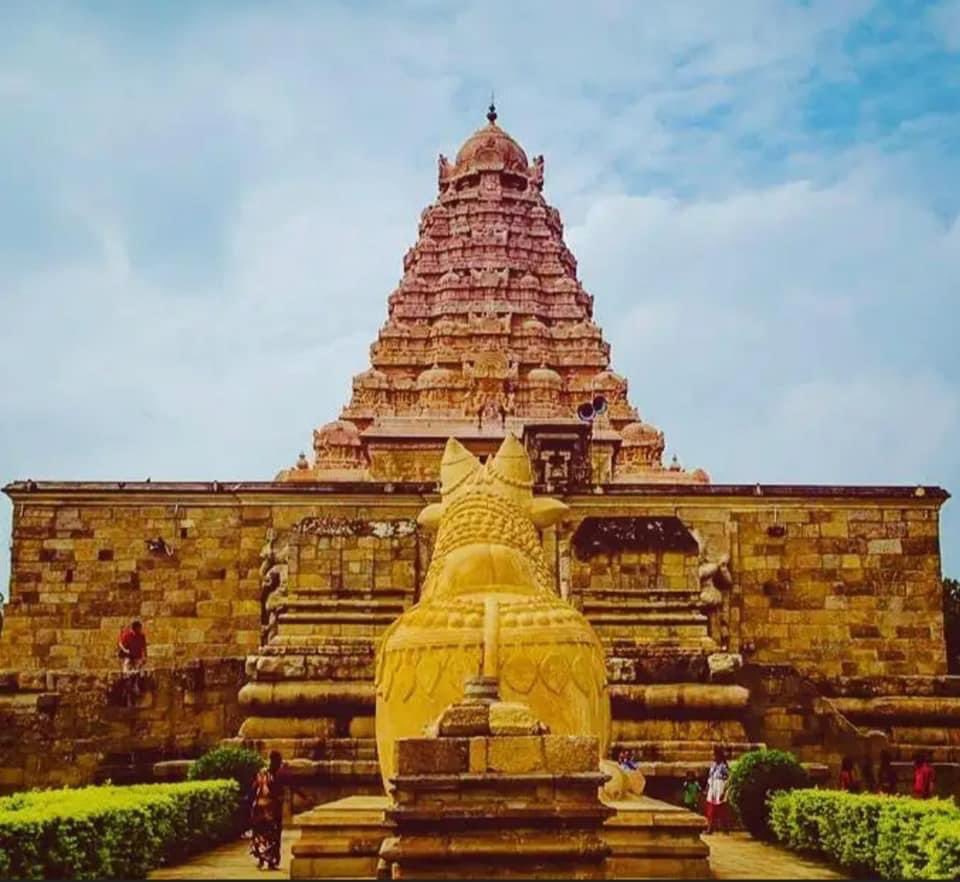
The Gangaikondacholapuram temple was synthetic during the reign of Rajendra I between AD 1023 and 1036 in the Ariyalur region of Tamil Nadu. The temple is named without the village — Gangaikonda Cholapuram — which served as the wanted for virtually 250 years.
The stone temple, which showcases a trappy exhibit of Chola art and architecture, is considered a living history of the dynasty since the reign of Rajendra Chola.
Also, several sculptures brought from states like Andhra, Karnataka, and Bengal as war trophies have been preserved within the temple. Among them, the Chandesa Anugraha Murthy and Saraswathy are the most trappy sculptures of the temple.
7. Kanjeevaram silk sarees
The famed Kanjeevaram silk sarees are known for their rich and vivid colours, as well as designs inspired by temples, displaying elaborate zari work.
It is named without the town where it is crafted — the municipality of Kancheepuram, which has lived under the rule of several empires, from the Pallavas to the British.
Historians say the unconfined Chola king Rajaraja I invited weavers from Saurashtra to come and settle in Kanchipuram and establish looms. But it only remained a local, specialised craft surpassing transitioning into a thriving industry during the reign of Krishna Deva Raya, the ruler of the Vijayanagara Empire.
8. Airavatesvara Temple, Kumbakonam
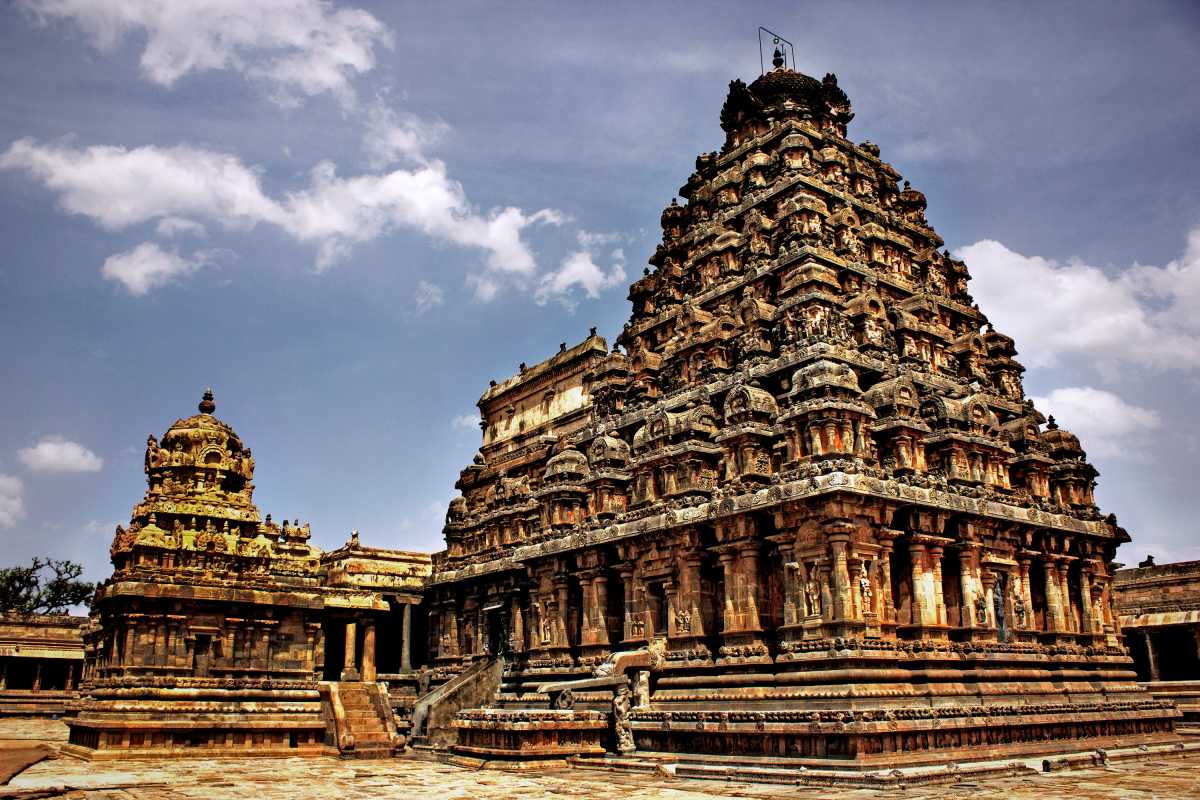
Situated in Kumbakonam in Thanjavur, the Airavatesvara temple was built by Chola emperor Rajendra II during the 12th century. The temple is defended to Shiva in the form of Airavata, the white elephant of Indra, the king of heaven.
Similar to the Gangaikondacholapuram temple, Airavatesvara is a gallery of art and tracery with intricate stone carvings. Though small when compared to the Brihadeswara temple or the Gangaikondacholapuram temple, it is exquisite due to this level of detailing.
Edited by Divya Sethu
